I read recently about the history of the "PRINCESS-CUT" diamond and felt that it's important for "us" to read and learn. This article is a reprint from the diamond company named "RareCarat.com".
I was awestruck by how Mr. Arpad Nagy, created the "Princess Cut" diamond.
See this link https://www.rarecarat.com/
Sir Ernest Oppenheimer, Arpad Nagy and Harry Winston were friends in the diamond business. https://en.wikipedia.org/wiki/
Oppenheimer and Winston asked Arpad Nagy to join them in business but he chose to move to Belgium instead. Subsequently moved to London, England. Finally moved to the USA but spent summers in Toronto, CANADA.
Ernest’s son was the late Harry Oppenheimer https://en.wikipedia.org/
The Oppenheimers were of the de Beer’s Diamonds fame.
================================================
The Princess cut is not in fact made for a princess - it was actually created in London, England in the 1960s by a diamond cutter named Arpad Nagy (he called it a ‘profile cut’). Arpad set out to create a fiery and brilliant alternative to the round diamond we all know and admire.
Now, one of the biggest pros when it comes to princess-cut diamonds is the value for money in an engagement ring.
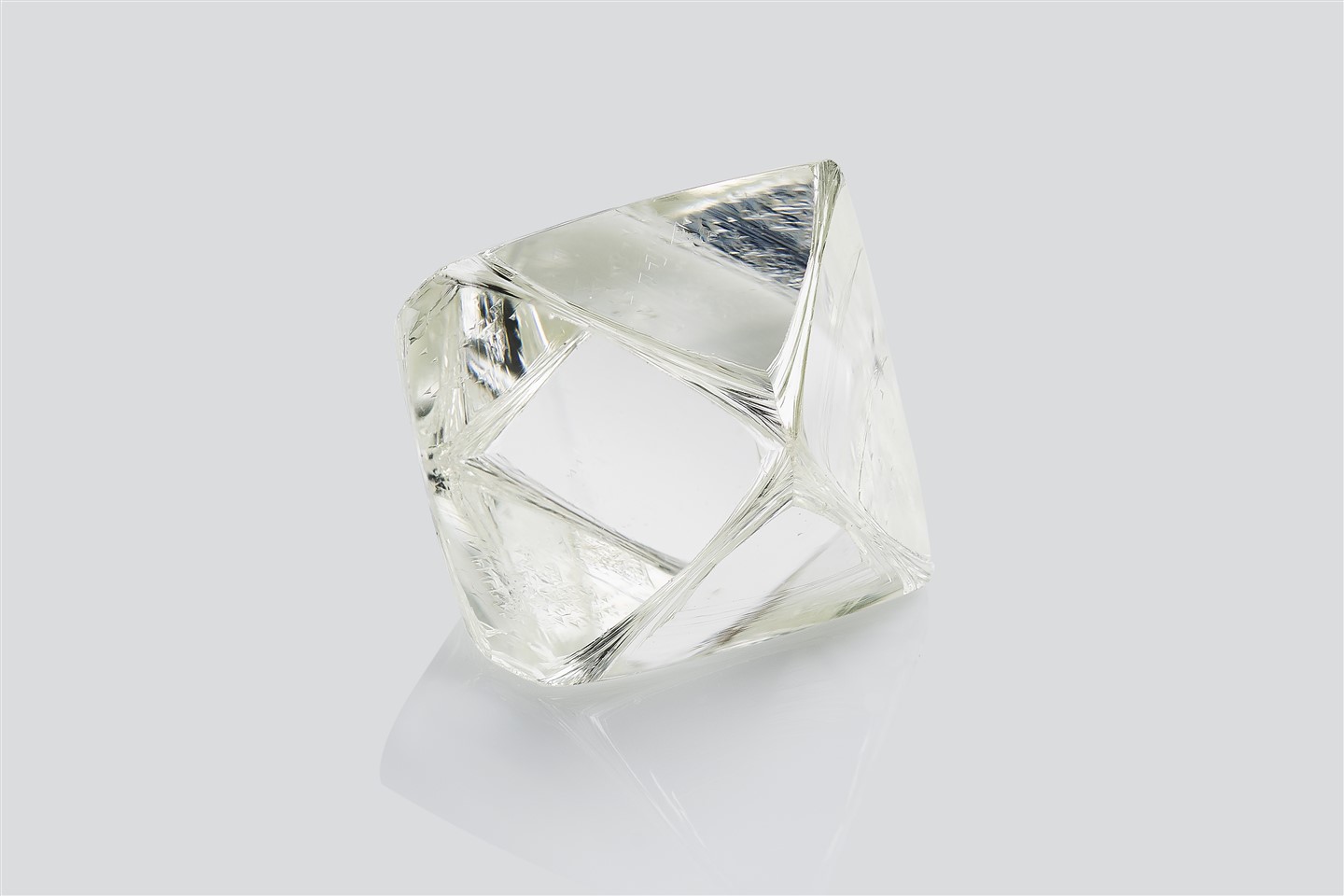
A rough diamond looks like 'two pyramids' joined together. Fascinating description? What happens when you cut it right across the middle? You then get two 'upside-down' pyramids. What shape is a princess-cut diamond? You now have an 'upside-down' pyramid.
This matters though, because the diamond cutters end up getting much more 'yield' out of a rough diamond if they cut it into a princess-cut diamond. For example, a 1-carat rough stone like the one above might give you .40 carats of round diamonds, but the same rough might get you .50 carats of 'princess-cut' diamonds!
Because the square shape of a princess cut is so similar to the natural shape of the rough diamond, very little is wasted. This then translates into a lower price for the client.
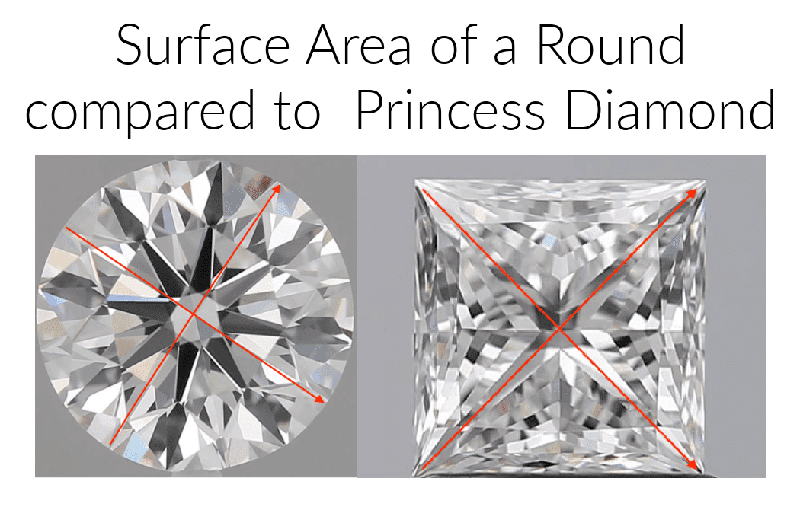
The square shape can also give the illusion of being a little bigger than their round counterparts, simply because from corner to corner a princess-cut diamond is spread just a little wider than the diameter of a round diamond shape.
One thing to bear in mind though; once that princess diamond sits in the claws of the ring setting will hide a little bit of that extra material.
Princess Cut Symmetry
Speaking of measurements and symmetry. Let’s admit that princess cuts with uneven sides or unequal proportions are, ... ‘unpleasant on the eye’. If you look below, you’ll see what I mean:
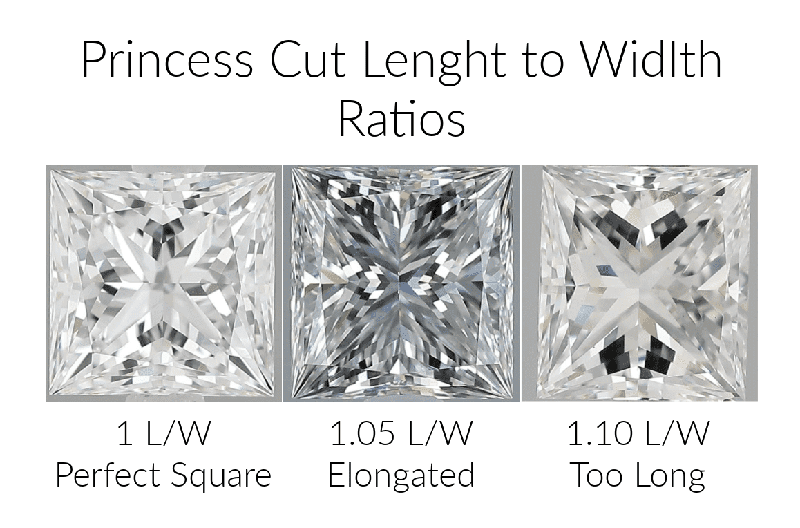
The 1:1 ratio princess cut makes the wearer pleased to wear this gemstone. The ratio 1:1.05 ratio princess makes me feel like I’ve stood up too quickly, and my eyes are taking too long to adjust to reality…and that reality is not appealing to the eye.
To avoid "The Upside Down", picture yourself drawing an imaginary horizontal line across the diamond. Are the facets on the bottom and the top halves of the diamond symmetrical?
Cut for Princess Shape
So where do princess-cut diamonds stand in relation to our all-important 4Cs? Let’s take a look, beginning with the most important: cut.
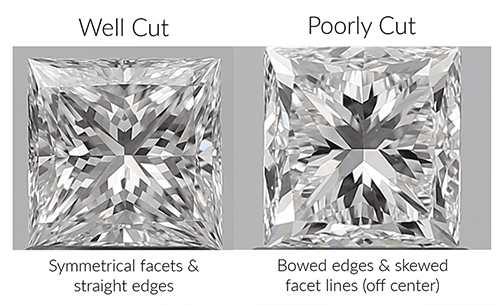
Since the "GIA" don't grade cut for any of the fancy shapes (that's everything but the round), you won't see a traditional cut grade on the report. So we look at the polish, symmetry, proportions and overall look of the stone (that's why pictures are so important here) to ensure it's cut well. They will make sure the facets are properly aligned and not misshapen, the corners are sharp and not chipped and the outline is square and not 'bowed'. You can use the above image to help you with your search, but seeking the advice of one of their graduate gemologists is the best help can offer.
Princess Cut Chevrons?
Another aspect of diamond cut to be aware of when it comes to princess shapes are 'chevrons'. Very simply, a chevron is a type of facet or ‘step’ cut into the sides of a diamond. The number of these chevrons actually impacts the look of the diamond.
Fewer chevrons will mean that your diamond will have a 'better feel' in terms of sparkle. This is because there is more space between the facets and therefore the light takes longer to bounce around from one to another. More chevrons mean more facets which of course means that the light jumps around in that stone at a much faster rate, making it much more sparkly (and giving the stone a sort of ‘crushed ice’ look);
The number of chevrons you want is totally up to you. You just need to be aware of how they will affect your diamond aesthetically. Here is where you can find the chevron details on the report.
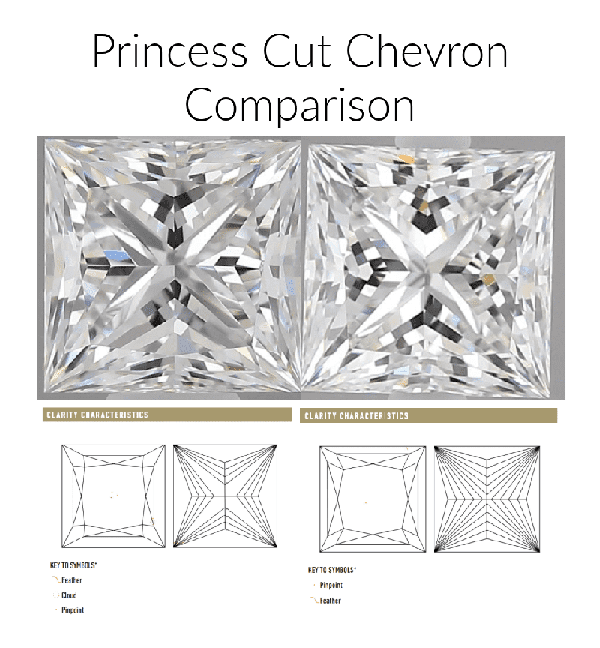
Princess Cut Color and Clarity
Finally, let’s discuss two other aspects of quality; colour and clarity. In terms of colour, I would go for the ‘I’ colour or better. If the stone is on the larger side, go upward towards ‘H’ or even ‘G’ if you can. As with round cuts, my advice is to stay away from those ‘D-F’ colours unless you feel very strongly about them.
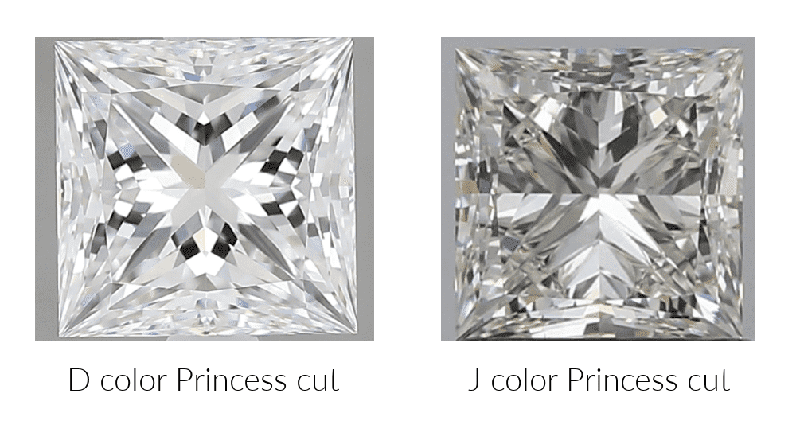
Going warmer than a ‘J’ colour could be problematic, as princess cut diamonds tend to hold on to colour slightly more than their round cousins. That being said, if you like a warmer tone in your diamond, or plan to have a rose or yellow gold setting. The choice is yours to make.
Clarity-wise, princess-cut engagement rings tend to be more forgiving regarding imperfections than their emerald or Asscher-cut cousins. You can look a touch above the SI2 mark - around the VS1 – SI1 mark for the best value. That being said, you need to be acutely aware of the locations of any inclusions, especially if they sit in the corners where the princess cut is the weakest (and therefore more prone to chipping).
Study the plot of the stone extensively on the grading report, and as always (and I cannot stress this enough, ever) - look at the stone in person if possible (or at the very least with high-definition photographs from the seller.
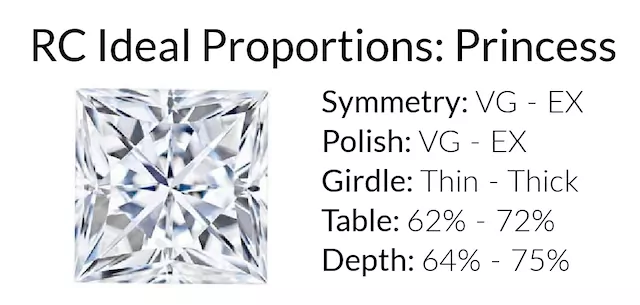
==================================
My email address is: gerrylewy18@gmail.com
No comments:
Post a Comment